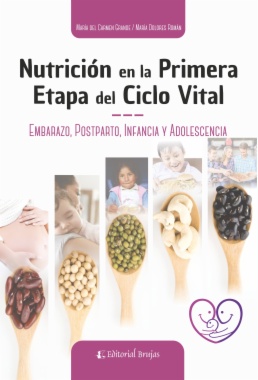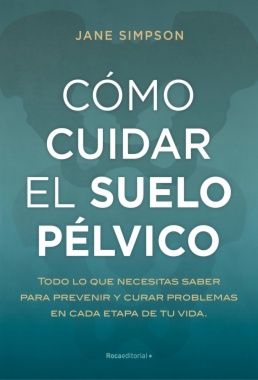
Estás filtrando por
Se encontraron 731 resultados en recursos

Compartir este contenido
Nutrición en la primera etapa del ciclo vital
Copia el enlace o compártelo en redes sociales

El renacer de una ilusión
Compartir este contenido
El renacer de una ilusión
Copia el enlace o compártelo en redes sociales

Cómo cuidar el suelo pélvico
Compartir este contenido
Cómo cuidar el suelo pélvico
Copia el enlace o compártelo en redes sociales

La salud y enfermedades en 100 preguntas
Compartir este contenido
La salud y enfermedades en 100 preguntas
Copia el enlace o compártelo en redes sociales
SARS-CoV-2 Infection among School Population of One Developing Country. Do School Closures Protect Students and Teachers against SARS-CoV-2 Infection? = Infección por SARS-CoV-2 en la población educativa de un país en desarrollo. ¿El cierre de los colegios protege a estudiantes y profesores contra la infección por SARS-CoV-2?
Compartir este contenido
SARS-CoV-2 Infection among School Population of One Developing Country. Do School Closures Protect Students and Teachers against SARS-CoV-2 Infection? = Infección por SARS-CoV-2 en la población educativa de un país en desarrollo. ¿El cierre de los colegios protege a estudiantes y profesores contra la infección por SARS-CoV-2?
Copia el enlace o compártelo en redes sociales
Investigation of the molecular evolution of carbapenem resistance in Klebsiella quasipneumoniae
Compartir este contenido
Investigation of the molecular evolution of carbapenem resistance in Klebsiella quasipneumoniae
Copia el enlace o compártelo en redes sociales
Mental health services implementation in Colombia – a systematic review
Compartir este contenido
Mental health services implementation in Colombia – a systematic review
Copia el enlace o compártelo en redes sociales
Population prevalence and trends of oral clefts in Colombia: analysis by departments
Compartir este contenido
Population prevalence and trends of oral clefts in Colombia: analysis by departments
Copia el enlace o compártelo en redes sociales
The effect of environmental variable selection in the prediction of Seasonal Influenza cases using machine learning
Compartir este contenido
The effect of environmental variable selection in the prediction of Seasonal Influenza cases using machine learning
Copia el enlace o compártelo en redes sociales
Inter-individual variability of Lifetime Stress exposure on the oncological characteristics of TNBC patients: Do coping styles moderate the relationship? Role of SNS, HPA axis, and Cortical structures
Compartir este contenido
Inter-individual variability of Lifetime Stress exposure on the oncological characteristics of TNBC patients: Do coping styles moderate the relationship? Role of SNS, HPA axis, and Cortical structures
Copia el enlace o compártelo en redes sociales
Selecciona las Colecciones en las que vas a añadir el contenido
Para consultar los contenidos añadidos busca la opción Tus colecciones en el menú principal o en Mi perfil.
